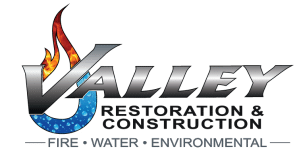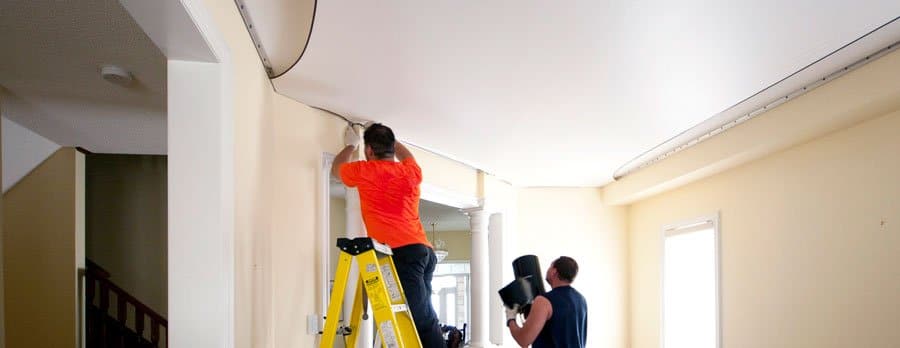Popcorn ceilings were a pesky trend several decades ago, but they linger in many homes today. They have rough textures that catch grease and grime which can make a bright white turn to a brown or yellow. If you don’t want to go through the messy process of scraping and retexturing your ceiling, here are some popcorn ceiling cleaning tips to give your home a fresh feeling.
- Use a wet dry vac: Connect the vacuum’s brush attachment to the end of your wet dry vac hose and run it across the ceiling to get rid of dust and cobwebs.
- Use a damp cloth: Cigarette smoke and grease will stain the ceiling and need to be wiped down with a cloth, but be careful! Popcorn ceilings will dissolve if too much water is applied to them. Test the damp washcloth on a portion of the ceiling before you begin cleaning the entire ceiling.
- Remove Stains: Any ceiling can get stains, but popcorn ceilings are more prone to these yellow streaks. Mix five parts water to one part bleach and gently wipe the stains.Take care to not wet the ceiling too much! If the stain isn’t coming out, a fresh paint (after cleaning) will cover it up.
There are also ways to get rid of your popcorn textured ceiling rather than just cleaning it.
- First, get the room prepared: You will need to put down tarps or trash bags to keeps the texture from falling all over your floor, carpet, or furniture.
- Section off the ceiling: You won’t be able to do the whole ceiling at once, so spray and scrape one section at a time.
- Wet the ceiling: Popcorn ceilings are sensitive to water. First soak the ceiling with either a wet cloth or a spray bottle. Don’t get it too wet though or it may damage the drywall behind it. Let it sit for 10-20 minutes.
- Scrape the ceiling: Use a metal scraper to take off the texture and it will come off easily.
- Finally, touch up, retexture, and paint the ceiling: Scrape off any popcorn you may have missed. Hire a drywall professional to stamp a new texture on your ceiling, and then paint.
If your home was built before the 1980s, the ceilings may contain asbestos! Make sure to find a professional who can check for any asbestos before you remove the popcorn.

